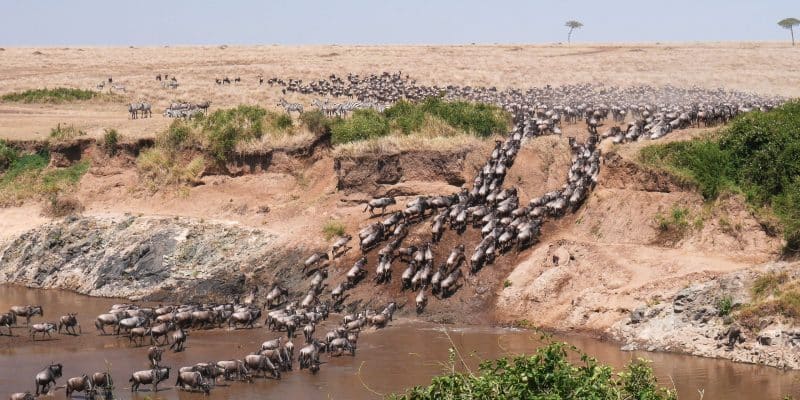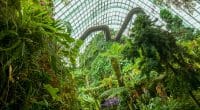A recent wildlife census carried out in the Maasai Mara ecosystem in south-west Kenya demonstrates the effectiveness of local communities in conservation. The results of this census show that 83.7% of the wildlife counted in the region lives in community reserves, compared with just 16.2% in the protected areas of the Maasai Mara National Reserve and the Mara Triangle.
In Kenya, communities are at the heart of wildlife management and conservation policies. In fact, the Kenyan Ministry of Wildlife, Tourism and Heritage is about to launch the National Human-Wildlife Coexistence Strategy, which will address compensation issues and provide mitigation measures designed to deal with human-wildlife conflicts.
In this East African country, local communities are essential to wildlife conservation. This trend was demonstrated by the results of a wildlife census carried out in the Maasai Mara ecosystem in south-west Kenya in 2021. The report, drawn up by the Wildlife Research and Training Institute with the support of the Kenyan branch of the World Wildlife Fund (WWF), shows that 83.7% of the wildlife species counted in the region live in community reserves, compared with just 16.2% in the protected areas of the Maasai Mara National Reserve and the Mara Triangle.
“Most important is the commitment of communities to understand and appreciate how increasing wildlife numbers can translate into prosperity and improved livelihoods. Conservation as a land use must be meaningful and beneficial to people if it is to be sustainable,” explains Samson Lenjir, National Elephant Programme Coordinator at WWF-Kenya.
Human activities, a disturbing factor in spite of everything
The results of the census, published on 3 May 2023, show the most abundant wildlife species in the Maasai Mara ecosystem. These are wildebeest (37,281), common zebra (32,358), buffalo (11,604), impala (10,610) and Thompson’s gazelle (8,278). At least 2,595 elephants live in the Mara ecosystem, a slight increase on the 2,493 recorded in 2017.
Read also-KENYA: $472 million emergency appeal to combat drought
However, the study report notes that human activities continue to increase the pressure on the Maasai Mara ecosystem. Charcoal burning and tree felling are destroying wildlife habitats and important forest areas. Earthen fences in this region are multiplying, fragmenting the landscape and preventing wildlife from migrating.
Boris Ngounou







